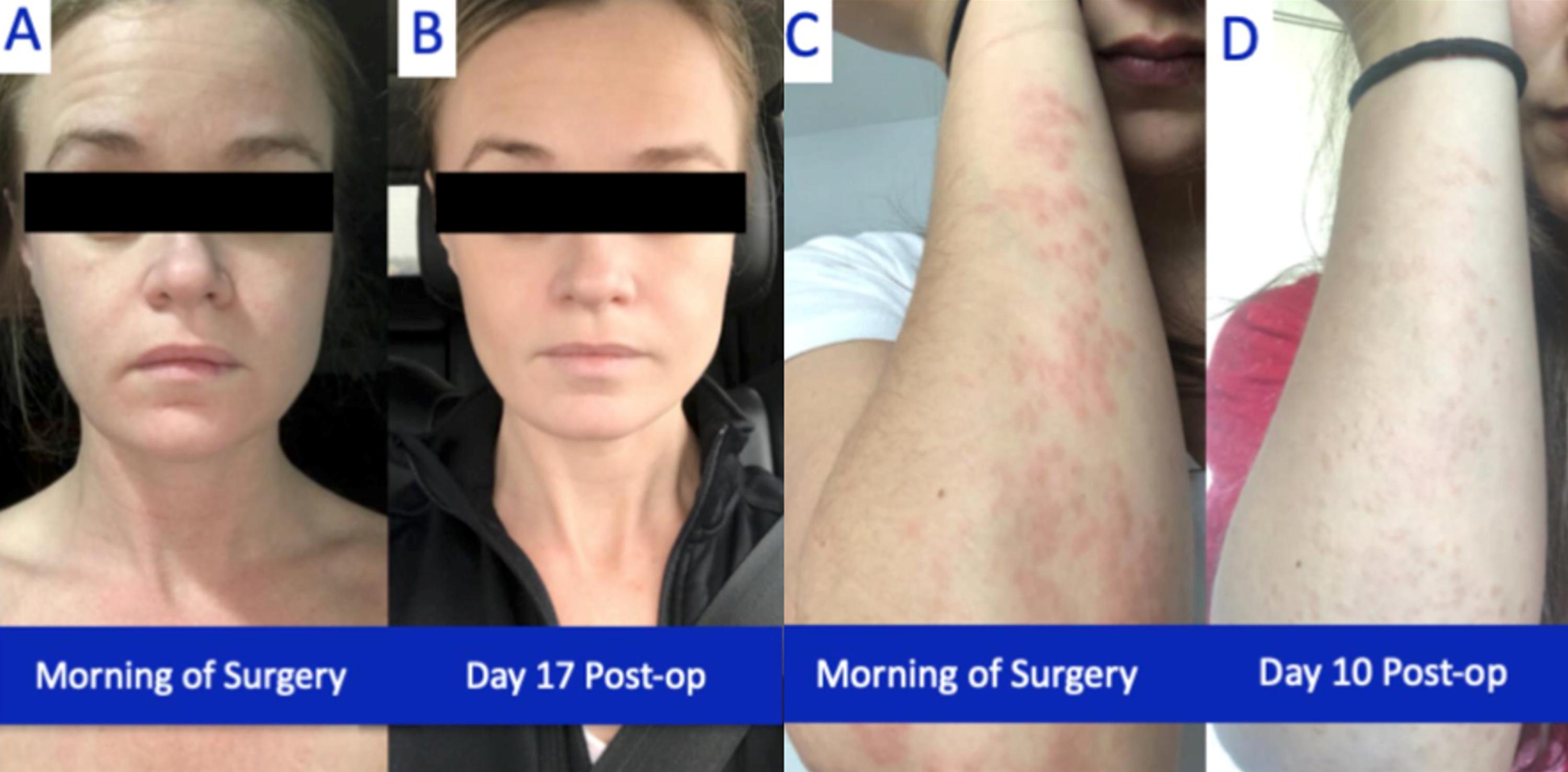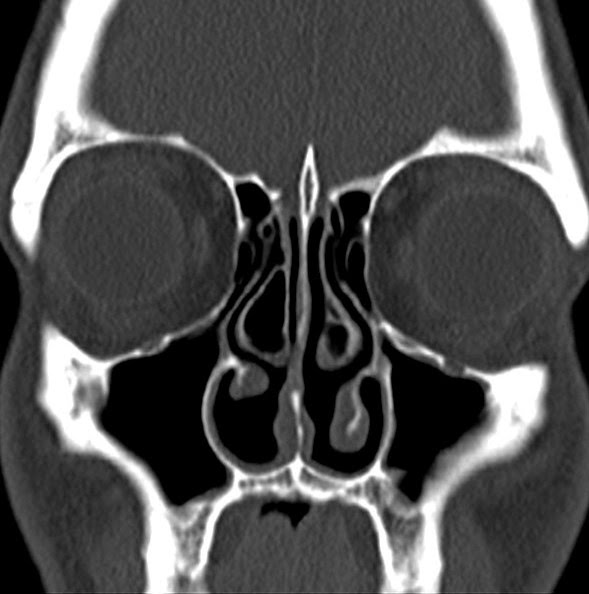
Sometimes, a snore surgery may be necessary to end the condition. These operations can be performed using surgical techniques. One example is somnoplasty. This uses heat energy to alter tissues. The procedure can be done under local anesthesia in an office setting. People with sleep apnea should not undergo this procedure.
Results of the snore surgery
Snoring can be treated using a variety surgical options. Most cases of snoring can be treated with surgical procedures. Some procedures can increase the noise level and reduce the size or soft palate. These factors contribute to snoring. There are many factors that can affect the results of a Snoring Operation.
Recent research has shown that minimally invasive surgery can reduce the amount of snoring. Patients with obstructive or sleep apnea had modest results. Patients are often interested in minimally invasive surgery even though there isn't much evidence.

MMA surgery
MMA surgery for snoring can help a person breathe easier and have a better night's sleep. It uses radiofrequency to create controlled lacerations in soft tissue obstructions. Scarring reduces flappy tissue volume and stiffens the rest of the tissue. The procedure can be performed on various parts of the airway, including the soft palate, the base of the tongue, and the nasal turbinates. The procedure is done under local anesthesia.
The success rate of MMA surgery is very high. After the procedure, patients are able to return to their normal activities within two to three days. The procedure is best performed by a highly skilled surgeon.
Laser-assisted uvulopalatoplasty
Laser-assisted oral uvulopalatoplasty or LAUP is a surgical procedure used to address the underlying causes behind loud and repetitive snoring. It is performed under local anesthesia and involves the use of a CO2 laser to open up the oropharyngeal airway. Even though it can't completely eliminate snoring all kinds, LAUP has shown promising results for reducing the severity and duration of upper airway resistance syndrome.
LAUP is a one-stage procedure that is done under local anaesthesia. An experienced ENT doctor performs the procedure. The patient is asked to sit in a comfortable position, while protecting his eyes with protective eyeglasses. The surgeon first sprays a 10% mixture of lidocaine and water onto the base of your tongue. Additionally, the surgeon injects 2% mepivacaine on each side of the base. The laser is attached to the patient's face via a handpiece. This is a common surgical procedure, and the surgeon also uses a "backstop" to prevent the laser from damaging the posterior pharynx.

Ruhrpumpen surgery
In many patients, lifestyle changes and medications are not enough to cure their snoring. In these cases, Ruhrpumpen surgery may be the only option. This radiofrequency energy procedure creates controlled lesions in the soft tissues. These scars reduce the airway size and help to strengthen the tissue. This procedure can be done on many areas of the airway including the base of the tongue and soft palate. Local anesthesia is used to perform the procedure.
This surgery can also be helpful for those who suffer from chronic, severe or even persistent snoring. This procedure involves the removal and sometimes resection of soft tissue in the throat, as well as the uvula. Although it has been used for decades to treat chronic snoring, new techniques are being created to improve the results.